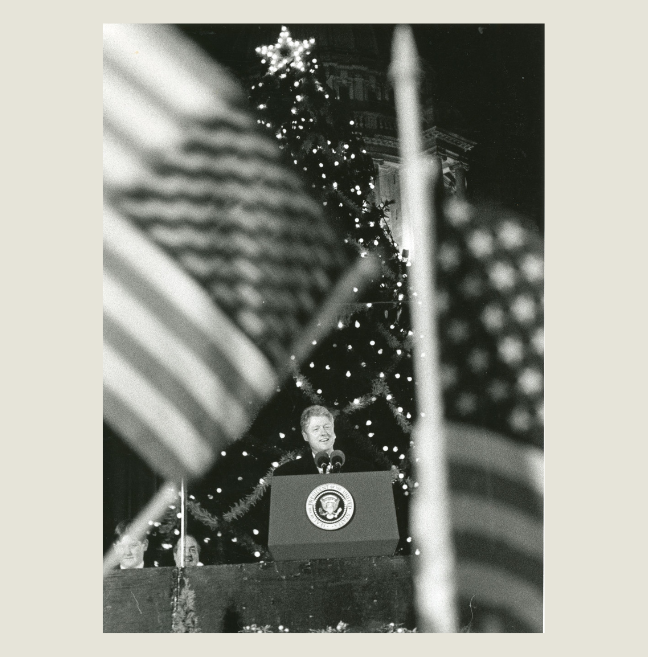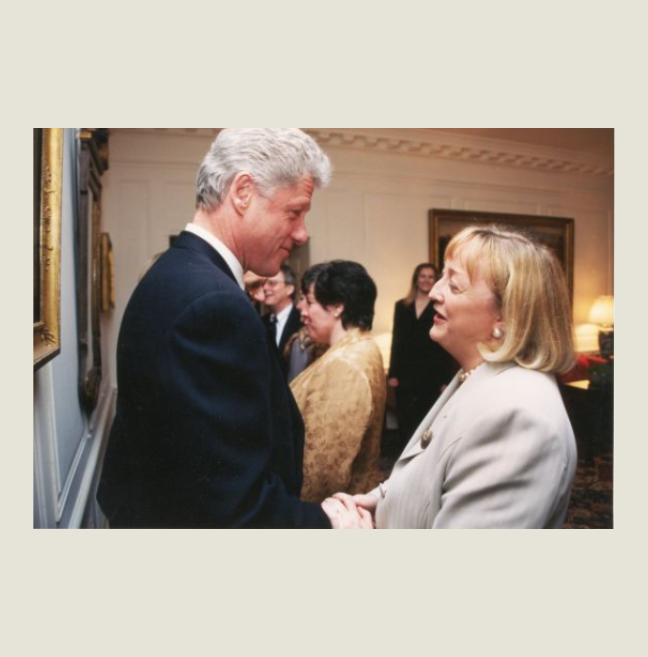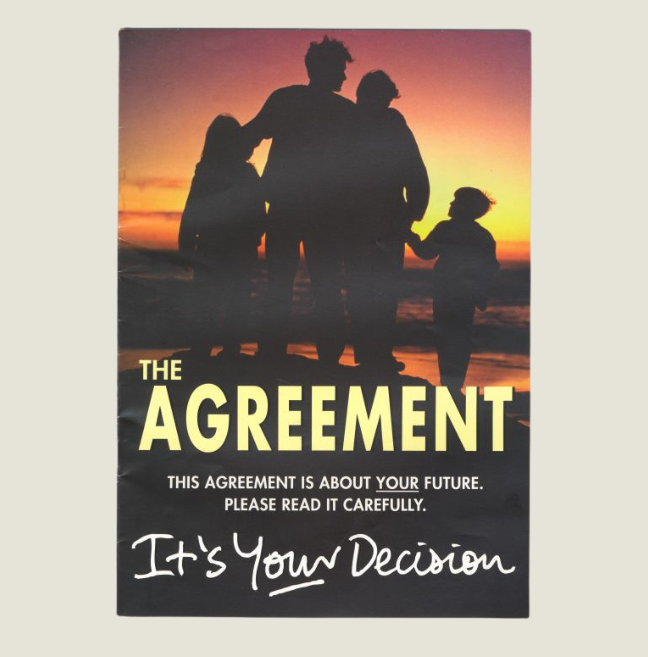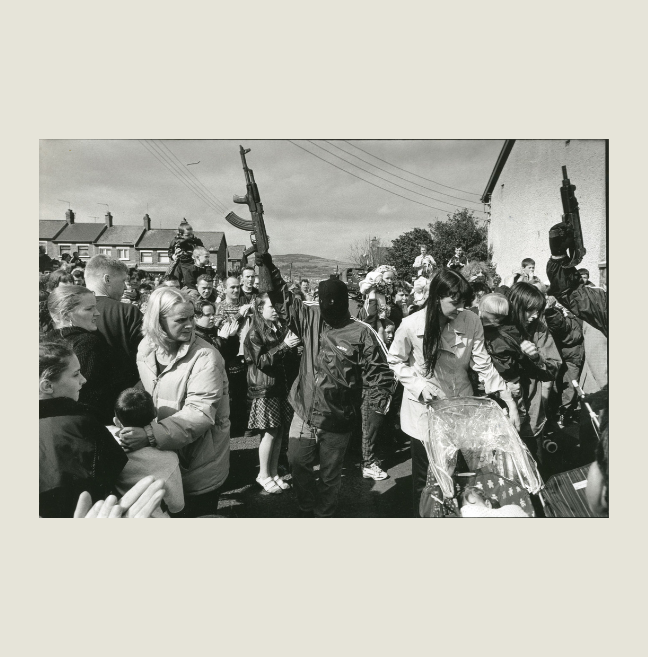1990s
The Belfast/Good Friday Agreement was signed in 1998. It enjoyed broad public support, but negotiations on early prisoner release, disarmament and police reform were difficult.
John Major, then Prime Minister of the United Kingdom, and Albert Reynolds, Prime Minister of the Republic of Ireland, announced the Downing Street Declaration for the future. The negotiations set the tone.
The violent acts of the Provisional Irish Republican Army and royalist paramilitary forces are still going on. Bill Clinton was elected President of the United States and visited Northern Ireland in 1995 to support the peace process. In 1997, Tony Blair led the Labour Party to a complete victory as the Prime Minister of the United Kingdom.
At this time, political discussions in Northern Ireland accelerated the progress.
The 1990s saw a rise in the popularity of the internet, mobile phones became more common and text messages offered a new means of communication. The ‘Second Summer of Love’ of 1989 had launched the popularity of dance music, bringing young people together under the unifying influence of rave culture.
The world became enthralled by a movie about a ship built in Belfast, Titanic, an important reminder of Belfast’s industrial past within a largely ‘post-industrial’ landscape. The Belfast/Good Friday Agreement of 1998 was seen as the political accord which could finally end the Troubles. It received broad public support but involved difficult compromises on all sides, and was backed by a higher proportion of nationalists than unionists.
In August of the same year, the Omagh bomb planted by republicans who opposed the Agreement killed 29 people. A long-running conflict over an Orange parade at Drumcree placed further pressure on the peace process.













